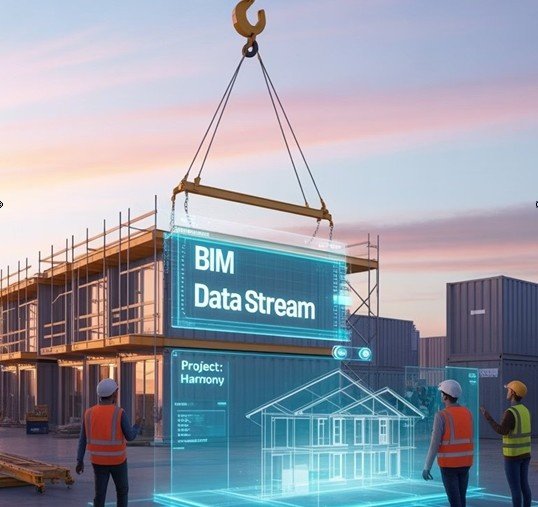Can BIM Help Solve America's Affordable Housing Crisis?
Building Information Modeling (BIM) has transformed how we design and construct buildings. But could this powerful technology be the key to addressing one of America’s most pressing challenges? With housing costs soaring and supply shortages affecting millions, it’s time to explore how BIM might revolutionize affordable housing development across American cities.

The Scale of America's Housing Challenge
3.8M
Housing Unit Shortage
The estimated deficit in affordable housing units nationwide
30%
Income on Housing
What many Americans spend on housing costs monthly
12M
Cost-Burdened Households
Families paying over half their income for housing
How BIM Transforms Construction Economics
|
Traditional Construction Challenges
BIM’s Cost-Reduction Impact |
|
Real-World BIM Success Stories in Affordable Housing
Via Verde, Bronx NY
This 222-unit development used BIM to optimize energy systems and reduce construction costs by 12%. The integrated approach enabled innovative green building features while maintaining affordability targets.
Jordan Downs, Los Angeles
BIM coordination helped deliver 700+ affordable units ahead of schedule. The technology streamlined complex utility coordination and enabled modular construction techniques that reduced costs significantly.
Choice Neighborhoods, Seattle
Using BIM for prefabrication planning, this project achieved 20% faster construction times. The digital workflow enabled precise manufacturing of building components off-site.
The BIM Advantage: Speed, Precision, and Cost Control
Faster Delivery
BIM enables parallel design processes and prefabrication, reducing project timelines by 20-30%.
Precision Planning
3D coordination eliminates design conflicts before construction, preventing costly field changes.
Cost Predictability
Accurate quantity takeoffs and material optimization reduce budget overruns by up to 15%.
For affordable housing developers working with tight margins, these improvements can mean the difference between project feasibility and cancellation. Companies like Consac have helped numerous projects leverage BIM's cost-saving potential through expert implementation and technical support.
Overcoming BIM Implementation Barriers
Common Challenges
Software licenses and training require initial investment
Finding BIM-proficient professionals can be challenging
Existing teams need process adjustments
Practical Solutions
Pilot BIM on select project phases before full implementation
Collaborate with experienced BIM consultants for guidance
Develop internal capabilities through structured learning programs
The Future of Affordable Housing is Digital
BIM technology gives affordable housing developers a powerful toolkit to deliver quality homes faster and more cost-effectively. While implementation requires careful planning and upfront investment, the potential returns—both financial and social—are substantial.
The question is no longer whether BIM can help solve the affordable housing crisis, but how quickly its adoption can scale across American cities. Every project that leverages digital coordination brings us one step closer to true housing accessibility.
As housing demand continues to grow, the construction industry must embrace technologies that make development more efficient and predictable. BIM represents a critical step toward that future—one where affordable housing is not just a policy goal, but an achievable reality.
What's Your Reaction?

















